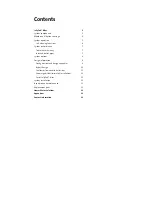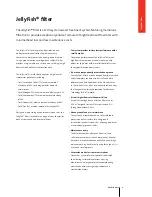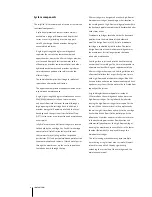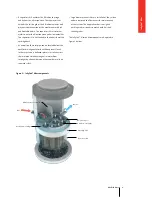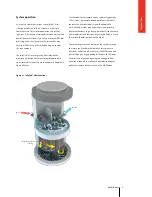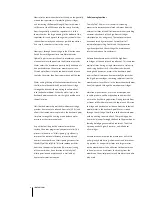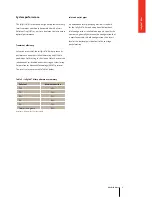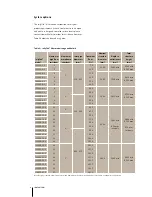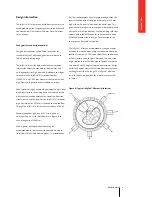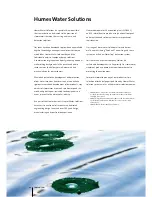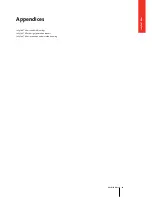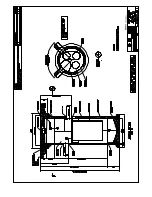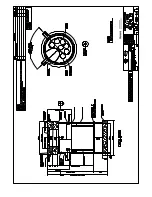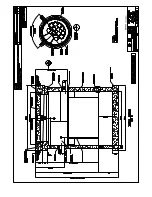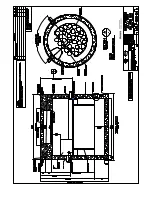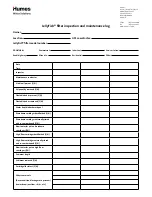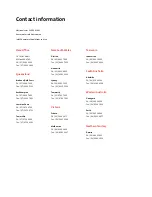
10
JellyFish® filter
Bypass design
The JellyFish® filter should be designed with an offline
configuration for most catchments. All stormwater filter
systems will perform for a longer duration between
required maintenance services when designed and
applied in offline configurations. A standard offline
configuration has an external bypass that uses an
upstream diversion structure. The elevation difference
between the top of the diversion structure weir and the
JellyFish® filter outlet pipe invert should be a minimum
of 455 mm. Excess flow that overflows the diversion weir,
bypasses the JellyFish® filter.
For smaller sites an online configuration might be more
suitable. In these cases, an optional internal bypass
pressure relief pipe(s) can be placed in one or multiple
cartridge receptacles within the JellyFish® filter.
Figure 5 – JellyFish® filter offline layout
Bypass
JellyFish® filter
Trea
tmen
t flow
Flow
Junction pit
Diversion
manhole
The pressure relief pipe height and diameter can be
varied to accommodate the design peak flow rate and
system driving head requirements. For these systems, the
driving head is calculated as the difference in elevation
between the top of the pressure relief pipe and the invert
of the outlet pipe.
When the internal bypass option is utilised, peak flow
rates receive membrane filtration treatment up to the
filtration design flow rate, with the balance of the peak
flow receiving primary treatment only. In these cases,
increased sump depth may be required to increase
sediment storage capacity and to minimise re-suspension
of previously captured sediment at peak flow rates.
Contact Humes Water Solutions for design assistance.


